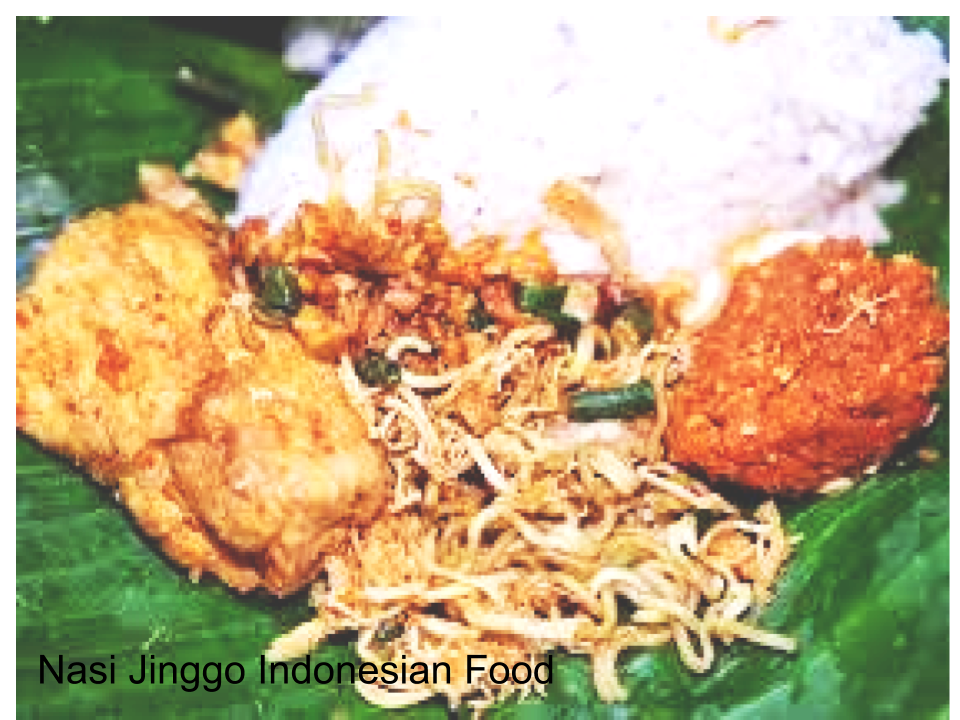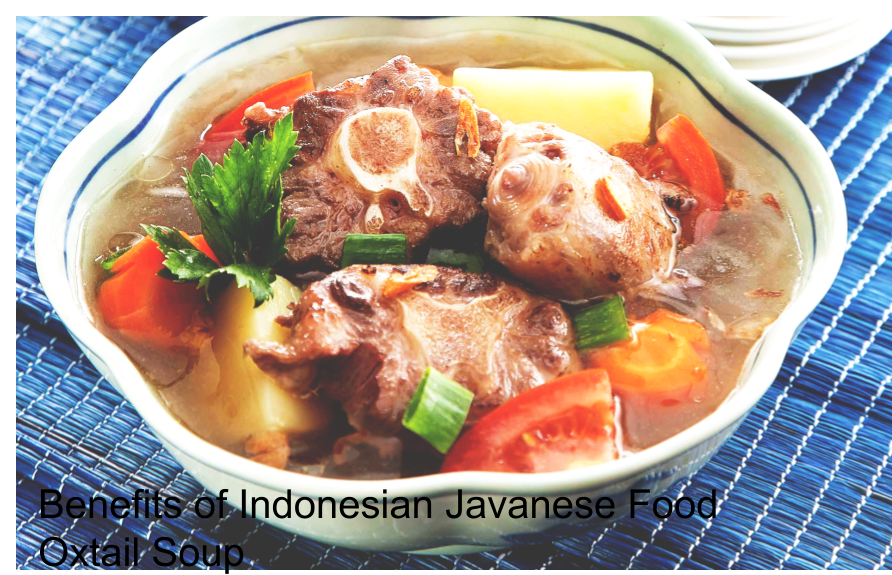Indonesian Food Nasi Jinggo From Bali

The Origin of Nasi Jinggo Nasi Jinggo is a cool name for culinary in Bali and is very easy to find in the Mengwi Traditional Market. Most people have eaten this type of culinary, but maybe not all know the origin of this culinary name. The first origin, Nasi Jinggo has existed since the 1980s. Where there was a very popular film called "Djanggo". It is said that the name of the rice jinggo was taken from the name of the film. The first time Nasi Jinggo was sold in the Denpasar area, precisely around Gajah Mada Street. Those who are customers of rice wrapped in banana leaves are traders who stay up in the Kumbasari Tradition Market. Some people also say the first seller of Nasi Jinggo is a husband and wife. The second origin, it is said that Nasi Jinggo comes from the word Jagoan. Jagoan is a term for a collection of motorbike riders who are out at night to enjoy the beautiful atmosphere at night. Well, after you have finished walking around or just going around th






